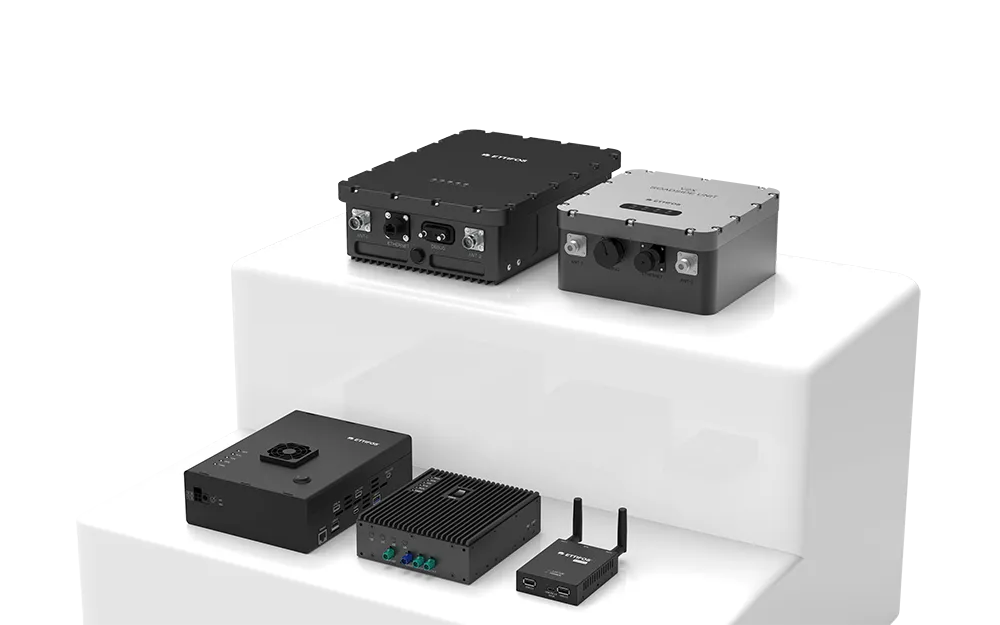IAV and Microsoft are teaming up to develop a ‘connected highly automated driving’ (CHAD) vehicle, the companies announced at CES 2016. The vehicle will connect with Microsoft’s Azure and Windows 10 to prevent pedestrian accidents. In addition they claim the new technology will also increase driving comfort.
This new vehicle-to-X (V2X) communication connectivity approach uses data from the vehicle’s surroundings to improve smart service for convenience and enhance safety by anticipating and mitigating po
January 6, 2016
Read time: 2 mins
IAV and 2214 Microsoft are teaming up to develop a ‘connected highly automated driving’ (CHAD) vehicle, the companies announced at CES 2016. The vehicle will connect with Microsoft’s Azure and Windows 10 to prevent pedestrian accidents. In addition they claim the new technology will also increase driving comfort.
This new vehicle-to-X (V2X) communication connectivity approach uses data from the vehicle’s surroundings to improve smart service for convenience and enhance safety by anticipating and mitigating potential hazards.
This IAV and Microsoft solution incorporates Azure IoT Suite, connected vehicle and infrastructure data and Cortana Analytics for predictive hazard modelling. Cloud solutions of this nature can be used to transfer information from the surrounding environment, like traffic light sensors, into the connected vehicle to better predict safety procedures. The CHAD vehicle receives a V2X warning that permits the safe, convenient adjustment of its driving dynamics in order to detect and avoid the hazard in plenty of time.
“We see this cloud solution like an additional surroundings sensor,” said Udo Wehner, executive vice president of vehicle integrated functions at IAV.
This new vehicle-to-X (V2X) communication connectivity approach uses data from the vehicle’s surroundings to improve smart service for convenience and enhance safety by anticipating and mitigating potential hazards.
This IAV and Microsoft solution incorporates Azure IoT Suite, connected vehicle and infrastructure data and Cortana Analytics for predictive hazard modelling. Cloud solutions of this nature can be used to transfer information from the surrounding environment, like traffic light sensors, into the connected vehicle to better predict safety procedures. The CHAD vehicle receives a V2X warning that permits the safe, convenient adjustment of its driving dynamics in order to detect and avoid the hazard in plenty of time.
“We see this cloud solution like an additional surroundings sensor,” said Udo Wehner, executive vice president of vehicle integrated functions at IAV.









